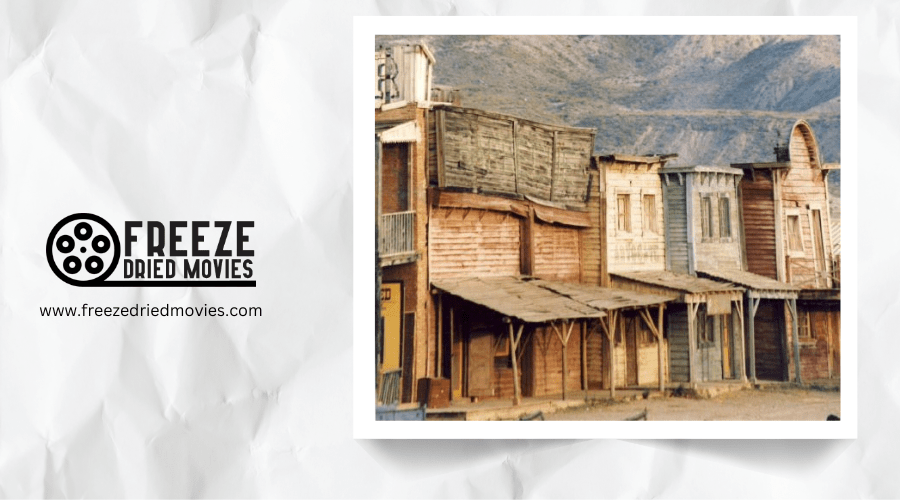Top Stunt Coordinators Who Revolutionized Western Action
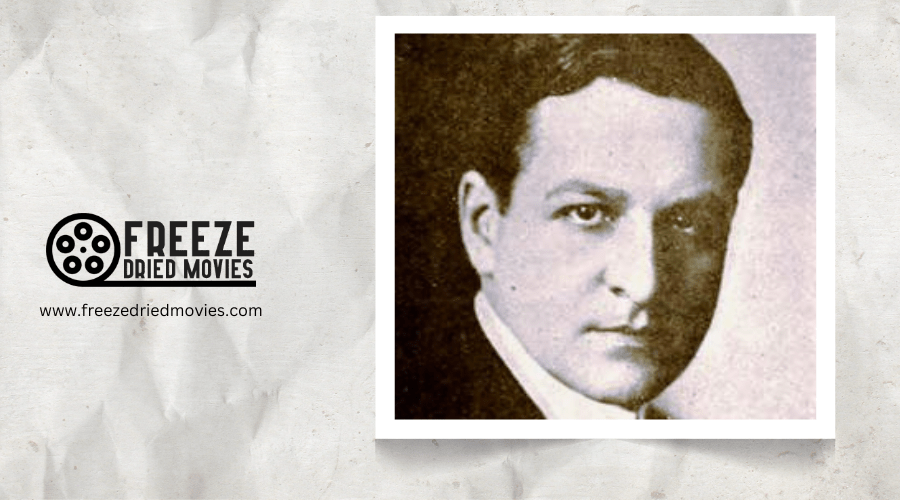
You've seen those jaw-dropping action sequences that make you grip your seat, but do you know the visionaries who created them? From Charles Hutchison's death-defying horse stunts in early cinema to Donnie Yen's revolutionary integration of Eastern martial arts into Western blockbusters, stunt coordination has evolved dramatically. These unsung heroes don't just choreograph fights—they've fundamentally transformed how action unfolds on screen. Their techniques continue to influence everything from Marvel films to indie thrillers. So who are these innovators?
The Pioneering Techniques of Charles Hutchison
Born in 1879 in Pittsburgh, Pennsylvania, Charles Hutchison emerged as a groundbreaking figure in early Western cinema, with his innovative stunt work spanning nine westerns from 1914 to 1940. You've likely seen his influence in every modern action sequence, though you mightn't realize it.
Nicknamed "Lightning Hutch" after his 1926 film, he captivated Western audiences with death-defying performances that pushed the boundaries of what was possible on screen.
Hutchison specialized in dangerous stunts involving moving horses, vehicles, and wagons—often being hit by or thrown from them. His fearless approach established techniques still used today. His daring stunt methods would later inspire actors like Clint Eastwood who gained international fame for his roles in the "Dollars Trilogy." When he passed away in 1949 at age 69, Hutchison left behind more than memories; he created the blueprint for an entire profession of stunt coordinators who'd follow his pioneering path.
Howard Hill and the Art of Action Archery
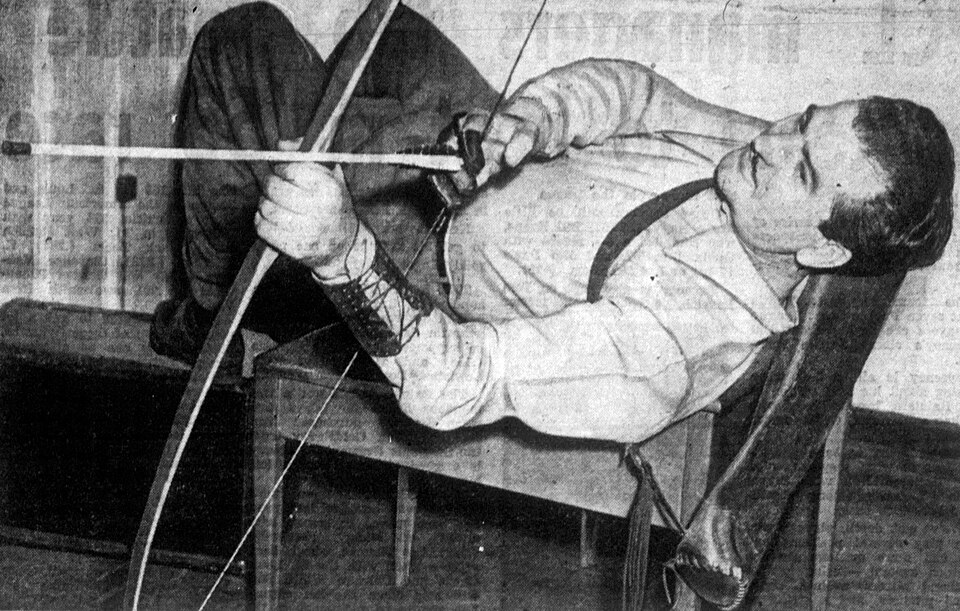
Rarely has a single figure transformed on-screen combat so completely as Howard Hill, the masterful archer who revolutionized Western action sequences throughout the 1940s. You'll recognize his unparalleled bow skills in classics like "Drums Along the Mohawk" and "The Bandit of Sherwood Forest," where he performed all archery stunts and doubled for leading actors.
Hill's influence reached its pinnacle with his 1951 instructional film "Art of Archery," showcasing techniques that became industry standards. He didn't just execute stunts—he collaborated with directors to choreograph intricate sequences that elevated Western films to new heights of authenticity.
His pioneering approach created a blueprint for future stunt performers, cementing his legacy as the defining figure in action archery. Today's Western film choreography still bears the unmistakable mark of Hill's innovation. His performance techniques would later influence directors like John Ford, who himself was skilled in stunt-riding heroics as demonstrated in his 1924 film "The Iron Horse."
Norm Howell's Emmy-Winning Hollywood Innovations
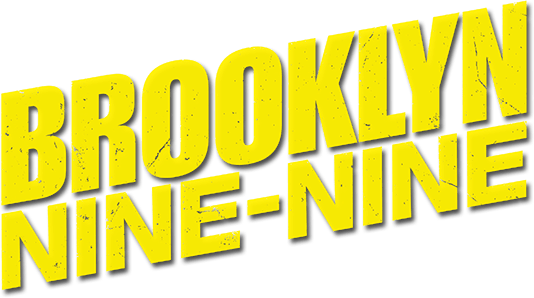
From the rugged sets of 1980s Westerns to the comedic brilliance of "Brooklyn Nine-Nine," Norm Howell's journey represents five decades of stunt innovation that transformed Hollywood action. Learning from John Wayne himself, Howell mastered the art of taking punches before expanding his repertoire to include Hong Kong-inspired martial arts techniques that revolutionized American action sequences.
Howell's collaborative approach is uniquely effective—he grounds every stunt in the script's requirements, working across departments to guarantee authenticity. Whether coordinating a complex fire gag requiring a stunt double or training actors to perform their own stunts, his Emmy-winning work on "Brooklyn Nine-Nine" showcases his versatility.
Having collaborated with titans like Spielberg, Eastwood, Costner, and Cameron, Howell's return to the "Nine-Nine" set after his Emmy win represents both professional validation and a career highlight. His approach to stunts mirrors the Eastwood's minimalist style that revolutionized visual storytelling in Western cinema through calculated silence and meaningful action rather than excessive dialogue.
Chad Stahelski and David Leitch: The Matrix Revolution
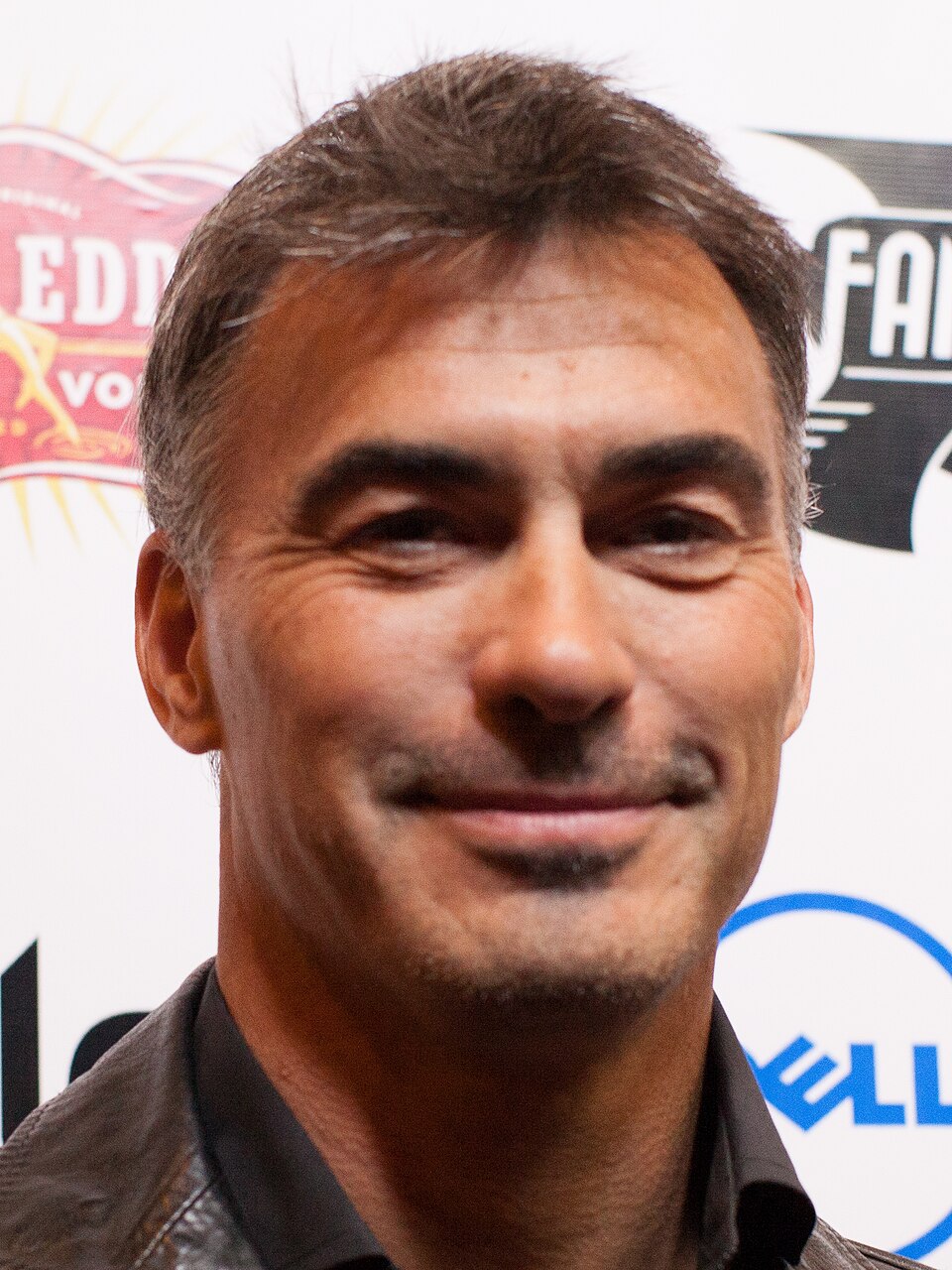
When Keanu Reeves dodged bullets in slow motion during 1999's groundbreaking film "The Matrix," Chad Stahelski and David Leitch weren't just arranging stunts—they were revolutionizing action filmmaking itself. As stunt coordinators working alongside the Wachowskis, they fundamentally changed how action scenes were conceived and executed in Western cinema.
You've likely noticed their influence across countless films since. Their innovative choreography techniques transcended The Matrix trilogy, extending into superhero franchises like Wolverine, where they redefined what audiences expected from combat sequences.
Their collaborative approach with directors transformed the role of stunt coordinator from technical advisor to essential creative partner. By blending martial arts, wirework, and groundbreaking camera techniques, Stahelski and Leitch created a new visual language for action that continues influencing a generation of filmmakers pushing the genre's boundaries.
Sam Hargrave's Oner Sequences and Visual Storytelling
If "The Matrix" changed what audiences thought possible in action cinema, Sam Hargrave's pioneering "oner" sequences have redefined how those possibilities are captured on film. His unbroken takes follow action with breathtaking continuity, immersing you in the visceral experience much like Bruce Lee's revolutionary kung fu films did for audiences decades earlier.
Hargrave's approach prioritizes authenticity and physicality, showcasing stunt performers' raw talent without heavy reliance on visual effects. In "Extraction," his technical mastery shines through meticulously choreographed action scenes that feel dangerously real.
What sets Hargrave apart in modern action filmmaking is his commitment to practical stunts captured through innovative camerawork. His influence extends throughout the genre, setting new standards that honor traditional stunt work while pushing visual storytelling boundaries. You're not just watching the action—you're living it.
Donnie Yen's Eastern Influence on Western Combat Choreography

While Sam Hargrave revolutionized action through innovative camera techniques, Donnie Yen transformed Western combat choreography by importing authentic Eastern martial arts sensibilities. This Hong Kong master's expertise in wushu, which he developed during his time in Boston, has redefined how fight scenes are executed in Hollywood productions.
Yen's influence is most prominently seen in the increased realism and technical complexity of hand-to-hand combat sequences across contemporary Western action films. His work in the acclaimed Ip Man franchise demonstrated his ability to create visually stunning yet believable fight choreography. Through collaborations with Jackie Chan in films like Shanghai Knights, Yen helped bridge Eastern and Western action styles, introducing audiences to combat sequences that emphasize both technical martial arts precision and cinematic flair.



